Tweed: what is this fabric and what are its properties?

Tweed clothes are very popular among both men and women. This is a unique material that combines English conservatism and relative informality.

Description and history of the fabric
The material is quite elastic, very pleasant and soft to the touch, and also has a medium weight. A small pile with a classic diagonal weave is visible on the fabric. There are several types of this fabric. It can be made of multi-colored fibers or woven from twisted yarns of two or more colors. This is a very famous material, the history of which is rooted in the history of Scotland. It is the most conservative and high quality wool product.
Preserved two stories of the origin of the name of the fabric. Some historians claim that the material got its final name from the river. According to the second version, the history of the material began in the 19th century. According to the memoirs of the monarch reigning at that time, the fabric got its name quite by accident. The bottom line is that a famous merchant received a letter from a friend of his in Scotland. The letter described the qualitative characteristics of the new material. However, there was a spelling error in the text. Instead of the word for twill weaving technology, the merchant read the name "tweed".
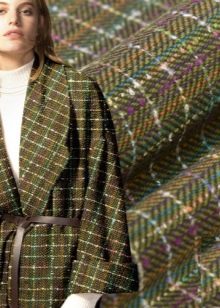


As soon as the material appeared on the market, it instantly won the love of buyers. Practical Englishmen highly appreciated all the positive qualities of this fabric. In the beginning, things were made from tweed only for men. The homeland of the material is the Isle of Harris (Scotland). Tweed in its original form was made from sheep wool, which was wound into coarse threads.Traditionally, the threads were dyed in swampy shades and then woven into a famous pattern called crow's feet.
In order for the fabric to acquire its softness, it was soaked in a soapy solution and then beaten vigorously. Clothes made from this harris tweed are moisture and cold resistant. The law on certification of this harris tweed was signed at the beginning of the 20th century. Soon a special organization was created to protect the fabric market from counterfeiting tweed. This company still exists.
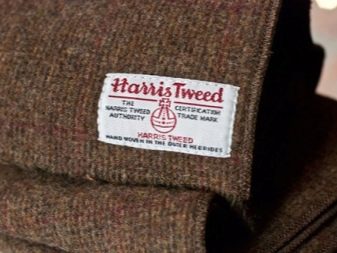
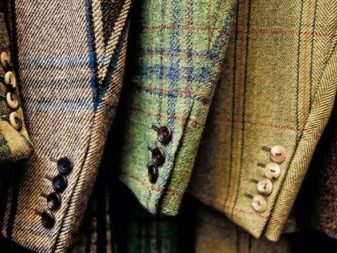
In the first half of the 20th century, the new owner of the island, where tweed was produced, decided to significantly improve the quality of the material. He believed in the success of the fabric and went to great lengths to popularize the material across the continent. The material gained enormous demand and popularity in the middle of the 20th century. Classic cut tweed jackets with patches in the elbow area were in fashion. However, in the 80s. XX century fashion for warm material from Scotland has sharply declined. In the tumultuous industrial revolution, the restraint and austerity of tweed have become irrelevant for many.
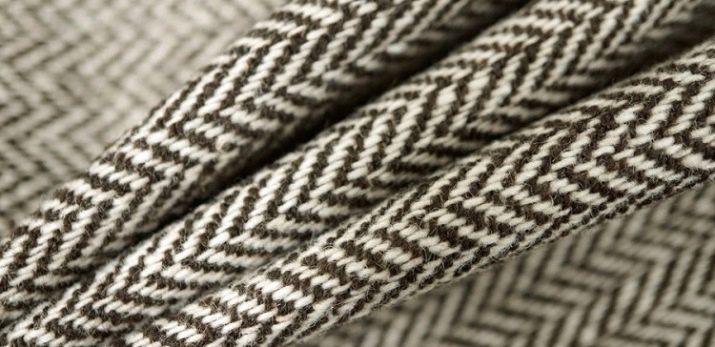
The revival of the material can be attributed to the beginning of the XXI century. In 2007, a company of young entrepreneurs bought the material manufacturing plant. The entrepreneurs wanted to give a new look and give a fresh breath to the conservatism of the old fabric. The main task of the businessmen was to give a new gloss and freshness to the material. Following them, small entrepreneurs began to unite and organized a cooperative, inviting creative designers to work. This increased the prestige of the tweed and made it more popular with a younger audience. Due to the growing demand for the material, it was soon possible to build a small factory, which currently exports the material to 40 countries around the world.
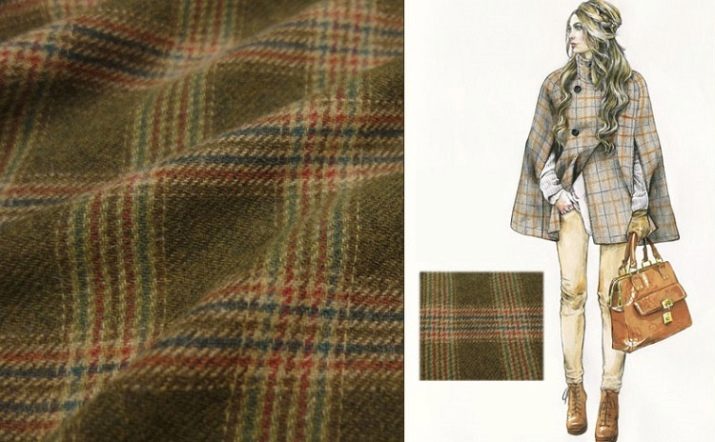
Composition and properties
The classic look of the material is 100% sheep wool. Today, manufacturers are introducing new technologies and changing the composition of the fabric. To increase the service life, natural and artificial threads in various quantities are added to the material.
Basic properties of tweed fabric:
- elasticity;
- high wear resistance;
- the material does not wrinkle while wearing;
- has a long service life;
- has high thermal conductivity;
- has high hygroscopic characteristics.


Advantages and disadvantages
Like any material, tweed has its positive and negative sides. The main advantages of tweed:
- the material does not lose color saturation with prolonged exposure to ultraviolet radiation (this is possible due to the dyeing of fibers with natural dyes);
- the fabric is very comfortable and practical to use;
- excellent outerwear is made from tweed;
- clothes made from this fabric can retain their presentable appearance for more than 10 years.
In addition to its undeniable advantages, tweed also has a number of significant disadvantages.
- Quality material has a very high price tag.
- The material is finicky to care for. Natural tweed can be attacked by moths.
- The fabric has a narrow circle of admirers. It is chosen by people who love restraint and elegance. The material is more often chosen by older buyers.
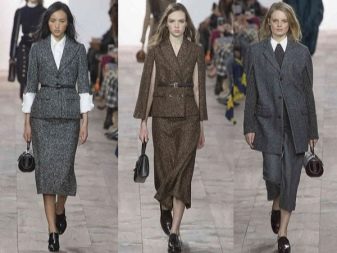
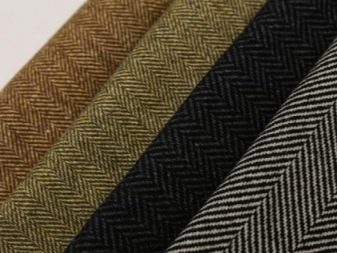
Views
Tweed is a unique material from which a wide variety of things can be sewn. In the light industry, there are a huge number of different types of tweed.
- Material titled "Shepherd's cage" is very popular throughout Europe. Such material in a cage has a very rough structure, so it is ideal for making men's clothing.
- Tweed Donegal so called in honor of the county of the same name in Ireland. It is a thin gray matter. The fabric is ideal for sewing men's vests, trousers and jackets. Suits from this type of tweed look very elegant with light shirts. Silk threads can be added to the fabric.
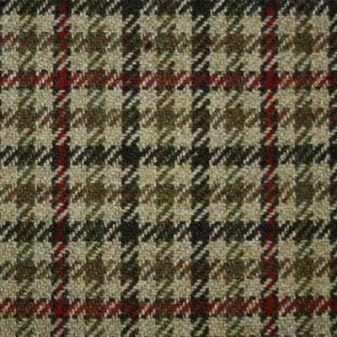

- Tweed titled Harris Tweed named after the island on which it is produced. The material is made only from local raw materials. Tweed has excellent characteristics, perfectly rescues in inclement weather. It makes the perfect blazers and jackets. This type of tweed goes well with denim and corduroy materials. Since the beginning of the 20th century, this material has been equipped with a special certificate of conformity - all things made from such tweed have a license of authenticity. Quality control is carried out by a specially organized association that has existed for over 100 years.
- Tweed "Herringbone" produced in Scotland. It is distinguished by a specific pattern that resembles coniferous trees. This is a wonderful pattern for sewing office jackets. The design of the material maintains the rigor and elegance of office wear.
- Material titled Houndstooth produced in England. Its distinctive feature lies in the pattern - the stripes on the canvas form a cage. This type of tweed is distinguished by a variety of patterns and colors, but is not very popular with the general public. Coats and various jackets are made from this material.
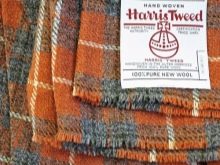
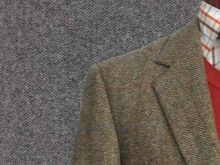
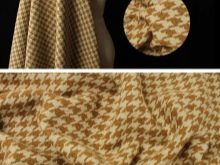
- Type of tweed "Cheviot" named after the breed of sheep from which wool is made. The fabric has specific features: it is rather rough, prickly, has a high density and has a beautiful sheen. It is a very durable and reliable material. It is ideal for country life. The material can keep its shape and drape beautifully, making stylish looks from it.
- Material titled "Covercot" ideal for the countryside. It is produced in noble brown and green colors. It is customary to sew outerwear and jackets from such tweed for riding horses.
- A kind of tweed called "Bedford cord" refers to the type of fabrics that have a very long service life. This type of material is distinguished by its increased weight and strength. It is an ideal material for making clothing for hunters.
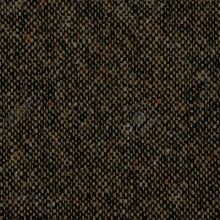
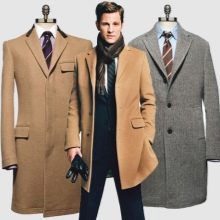
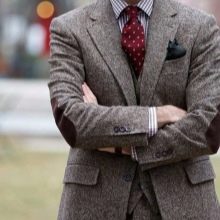
Modern tweed producers use a large number of modern technologies. Keeping traditions, manufacturers introduce new technologies. The practice of using all kinds of weaving patterns, the use of high-tech dyes and special processing methods that allow you to create a unique modification of fabrics. Feminine and elegant suits and coats, as well as rather brutal costumes for the male half of humanity, are sewn from such material in a cage.
Important. The original material has a special tag and must be made from natural merino wool. Fake fabrics contain artificial fibers and are very cheap. Such fabric has low wear resistance and will last for a short time.
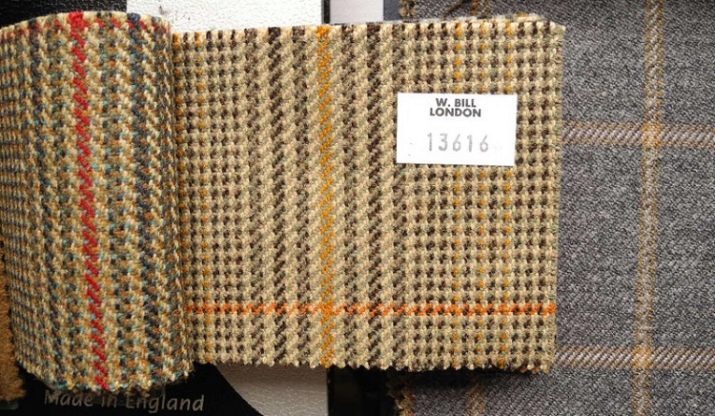
Application
Most often, the material is used for sewing business and classic clothing. A wide variety of comfortable and warm clothes are sewn from the fabric. Tweed items are of high quality and great wear resistance. The main types of clothing made from tweed:
- a wide range of clothes for the beautiful half of humanity is made from this type of fabric: it can be classic skirts, elegant jackets and dresses, business suits and even cardigans;
- for strong men, manufacturers sew suits and jackets;
- tweed coats and capes are very popular;
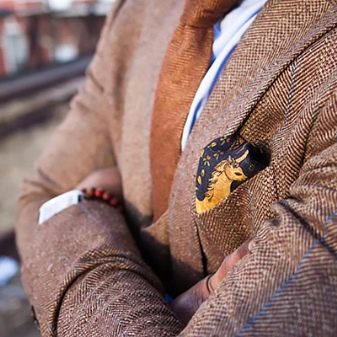

- breeches and elegant shorts made of this material are on the market;
- hats in the form of berets and caps are very popular;
- some manufacturers make sports shoes from tweed;
- various bags and clutches are sewn from this fabric;
- riding suits made of tweed are in great demand.
Some companies have regulations that require employees to wear tweed suits to work.The material goes well with denim, corduroy and leather.
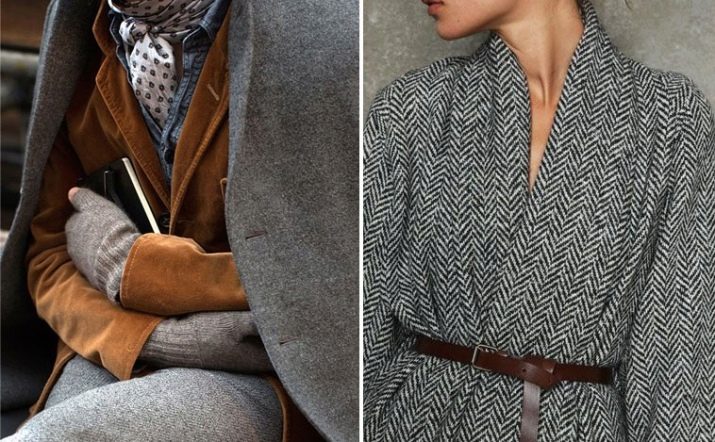
Care advice
Care for natural fabrics should be the most thorough. Consider the basic rules for caring for tweed products.
- You can wash tweed clothes in manual or machine mode. However, the water temperature should not be higher than 30 degrees. Due to the use of water at higher temperatures, the material may shrink - the item will become 1 or 2 sizes smaller. When using a washing machine, use the delicate wash cycle.
- It is recommended to dry tweed clothes unfolded and on a horizontal surface. If you dry your clothes upright, they can stretch out a lot.
- Clothes made from this fabric should be ironed from the wrong side. Use damp gauze when ironing.
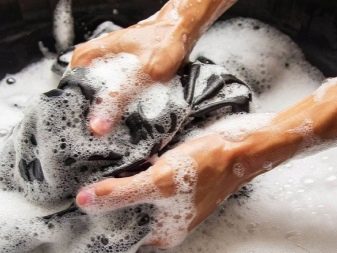

It is necessary to store such clothes very carefully, to protect them from the appearance of moths. This can be helped by special means that repel insects.
In the next video you will find some helpful tips for washing wool.








